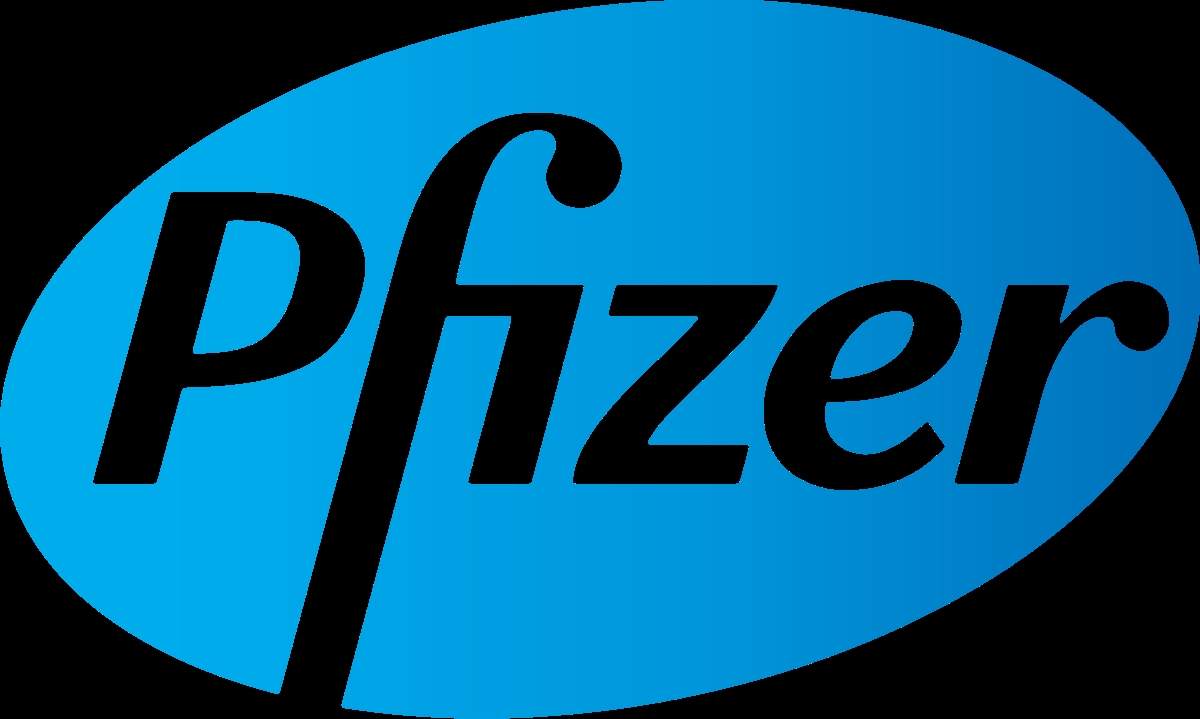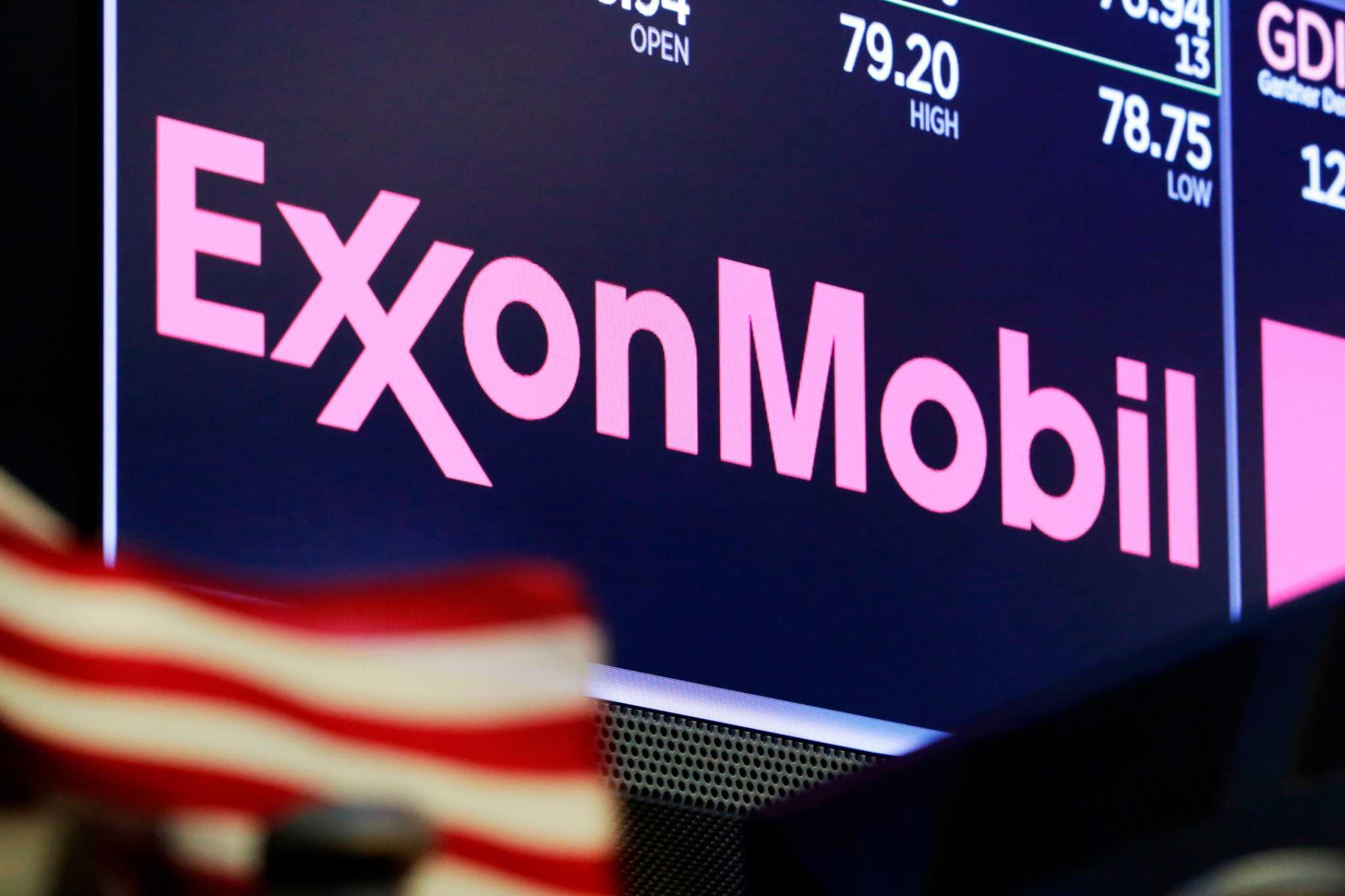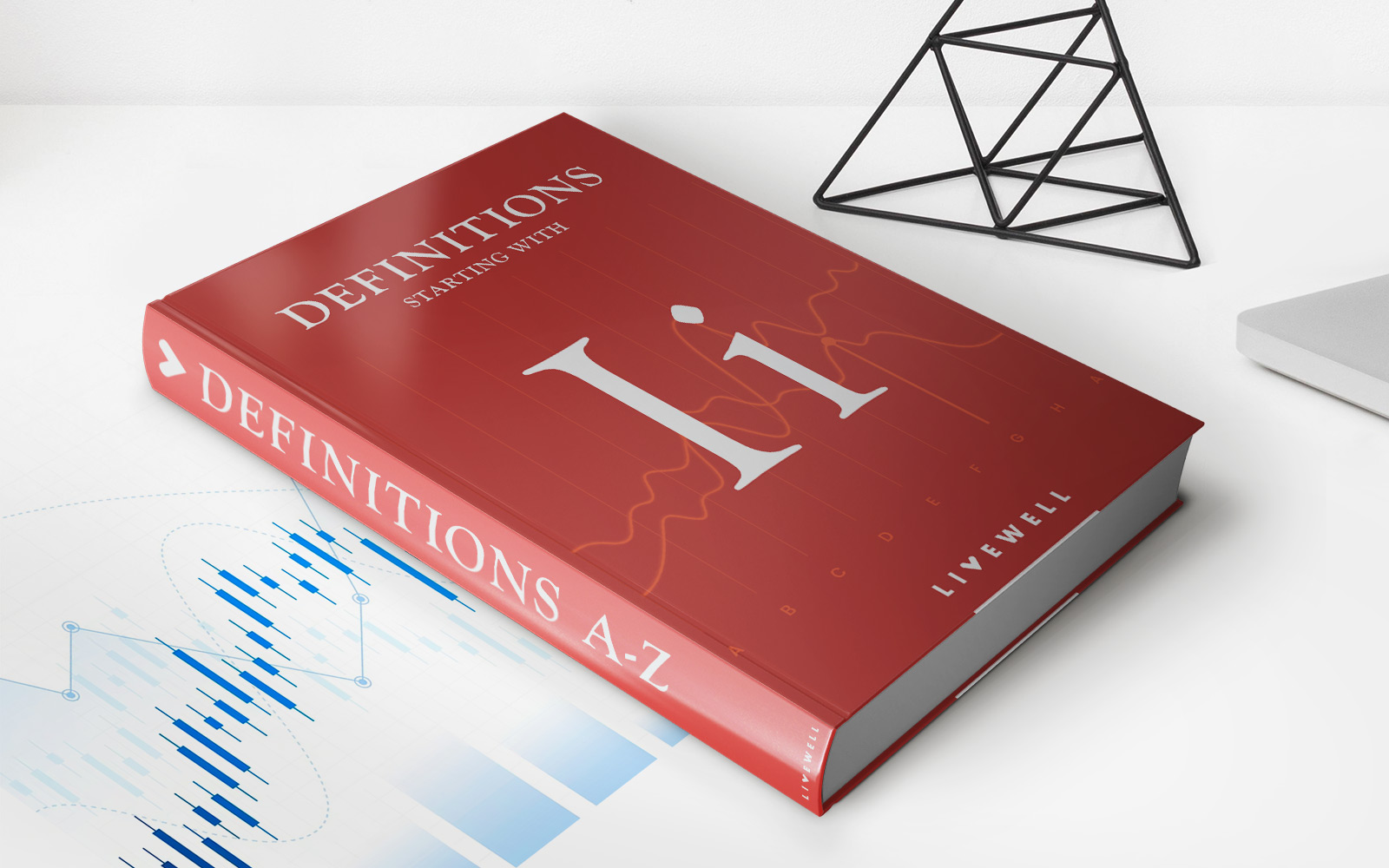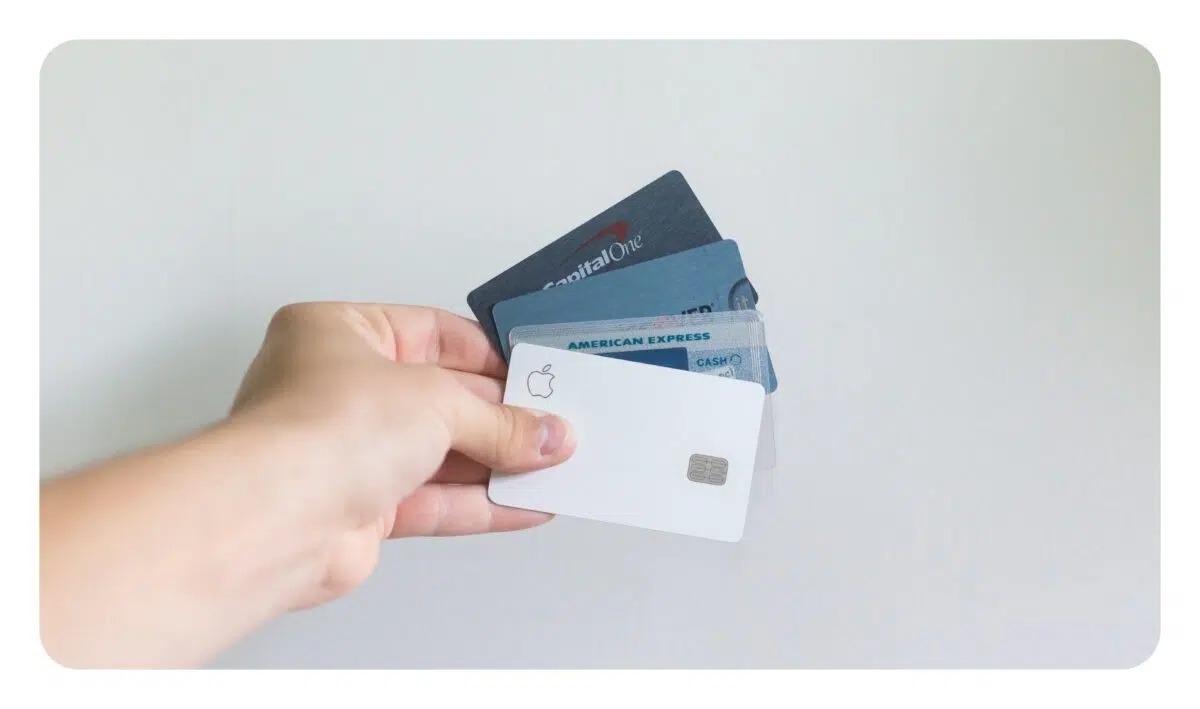

Finance
When Does PFE Pay Dividends?
Published: January 3, 2024
Find out when PFE pays dividends and stay on top of your finance game. Discover the dividend payment dates and make informed investment decisions.
(Many of the links in this article redirect to a specific reviewed product. Your purchase of these products through affiliate links helps to generate commission for LiveWell, at no extra cost. Learn more)
Table of Contents
Introduction
Dividends play a crucial role in the world of finance and investing. They are a portion of a company’s profits that are distributed to its shareholders, providing them with a return on their investment. Pfizer Inc. (PFE), one of the largest pharmaceutical companies in the world, is known for its consistent dividend payments. In this article, we will delve into the details of when PFE pays dividends and what factors may impact these payments.
As an SEO expert with deep finance knowledge, I can confidently say that understanding the dividend payment schedule of a company like Pfizer is essential for both investors and finance professionals. By having a clear understanding of when dividends are paid, investors can plan their investment strategies accordingly and capitalize on potential income streams.
Let’s explore the dividend schedule of Pfizer, including important dates such as the record date, payment date, and ex-dividend date, and discuss the factors that can influence dividend payments. By the end of this article, you will have a comprehensive understanding of when Pfizer pays its dividends and the factors to consider when tracking these payments.
Overview of PFE Dividends
Before diving into the specifics of when Pfizer pays dividends, it is important to have a general understanding of their dividend policies and history. Pfizer has a long-standing tradition of rewarding its shareholders through regular dividend payments.
Pfizer’s dividend payments are subject to approval by the company’s board of directors. The amount of dividends paid is influenced by various factors, including the company’s financial performance, cash flow, and overall business strategy. Pfizer aims to strike a balance between rewarding shareholders and reinvesting in its business for future growth.
Historically, Pfizer has maintained a stable and reliable dividend payout. This consistency can be attributed to the company’s strong financial position and its commitment to returning value to shareholders.
Pfizer’s dividend payments are typically made on a quarterly basis. However, it is important to note that dividend amounts and payment frequencies may vary from year to year, depending on the company’s financial performance and other factors.
As an investor, it is important to keep track of Pfizer’s dividend announcements and earnings reports to stay informed about potential changes in their dividend policies. This can assist in making informed decisions regarding your investment portfolio.
Now that we have a general understanding of Pfizer’s dividend policies, let’s delve into the specific dates and timeline for dividend payments.
PFE Dividend Schedule
Pfizer follows a structured dividend schedule, which includes important dates that investors should be aware of. Understanding these dates is crucial for planning and managing your investment strategy around dividend payments.
Typically, Pfizer declares its dividend in the form of a quarterly cash dividend. The specific dates for each dividend payment are announced by the company, and they typically remain consistent from year to year.
It is important to note that the dividend schedule may be subject to change, so it is always recommended to refer to Pfizer’s investor relations website or official announcements for the most up-to-date information.
Now, let’s take a closer look at the three key dates that make up Pfizer’s dividend schedule:
- Record Date: The record date is the cut-off date set by Pfizer to determine which shareholders are eligible to receive the dividend payment. You must be a shareholder of record on or before this date to be entitled to the dividend. The record date is important because it helps the company identify its shareholders and ensure that the dividend is distributed to the appropriate individuals.
- Payment Date: The payment date is when Pfizer distributes the dividend payment to eligible shareholders. After the record date, the company processes the dividend payments and disburses them to shareholders on this specified date. It is important to note that there may be a brief delay between the record date and the payment date as the company finalizes the payment process.
- Ex-Dividend Date: The ex-dividend date is the date on or after which a stock trades without the dividend included. If you buy Pfizer shares on or after the ex-dividend date, you will not be eligible to receive the upcoming dividend payment. This date is determined by stock exchanges and usually falls two business days before the record date. It is important to understand the ex-dividend date as it can impact the pricing and trading activity of Pfizer’s stock.
By keeping track of these dates and understanding their significance, you can effectively plan your investment strategy around Pfizer’s dividend schedule.
Record Date for PFE Dividends
The record date is a pivotal date in the dividend payment process as it determines which shareholders are eligible to receive the dividend from Pfizer. To be eligible for the upcoming dividend payment, you must be a shareholder of record on or before the specified record date.
Pfizer sets the record date based on its corporate calendar and communicates the date to its shareholders through official announcements and investor relations channels. Typically, the record date is set a few weeks before the payment date to allow the company sufficient time to process the dividend payments.
It is essential to note that the record date does not carry any significance beyond determining eligibility for dividend payments. Shareholders who buy shares after the record date will not be entitled to the dividend in question. This is why the ex-dividend date is crucial, as it marks the date at which a stock starts trading without the dividend included.
As an investor, it is important to ensure that you are a shareholder of record on or before the record date to receive the dividend payment. This means that if you are considering buying Pfizer shares with the intention of receiving the upcoming dividend, you must complete the purchase before the record date.
Pfizer utilizes record dates to ensure that dividend payments are distributed accurately and to the appropriate shareholders. It is a mechanism that promotes transparency and accountability in the dividend payment process.
To stay informed about the record dates for Pfizer dividends, you can visit the company’s investor relations website or subscribe to their email updates and notifications. Additionally, financial news outlets and brokerage platforms often provide information about upcoming record dates for popular dividend-paying stocks like Pfizer.
Now that we have explored the record date for Pfizer dividends, let’s move on to the next important date in the dividend schedule: the payment date.
Payment Date for PFE Dividends
The payment date is a significant date for investors eagerly awaiting their dividend payments from Pfizer. It is the date when the company disburses the dividend to eligible shareholders who were recorded as of the record date.
Pfizer sets the payment date as part of its dividend schedule, and it is typically a few weeks after the record date. This gap allows the company sufficient time to finalize the dividend distribution process and ensure that the payments are accurate and timely.
On the payment date, Pfizer electronically transfers or mails dividend payments to eligible shareholders. The payment is usually made in the form of a cash dividend, directly deposited into shareholders’ brokerage accounts or sent as a physical check.
To receive the dividend payment on the designated payment date, you must have been a shareholder of record on or before the record date. If you acquired shares after the record date, you will not receive the current dividend payment but may be eligible for future dividend payments if you own the shares on the next record date.
It is important to keep in mind that the payment date is not the same as the ex-dividend date. The ex-dividend date is the date when a stock starts trading without the dividend included. It typically falls a couple of business days before the record date. If you purchase Pfizer shares on or after the ex-dividend date, you will not receive the upcoming dividend payment.
As an investor, it is advisable to monitor the payment date of Pfizer dividends closely. This will allow you to plan your cash flow and make informed decisions regarding your investment strategy. If you have a dividend reinvestment plan (DRIP) set up with your brokerage, the dividend payment will be automatically reinvested to purchase additional shares of Pfizer stock on the payment date.
You can stay informed about the payment dates for Pfizer dividends by referring to the company’s investor relations website, subscribing to their email alerts, or checking with your brokerage platform. Ensuring that you are aware of the payment dates will allow you to expect and utilize the dividend income as part of your overall financial planning.
Now that we understand the payment date for Pfizer dividends, let’s move on to the ex-dividend date and its significance.
Ex-Dividend Date for PFE Dividends
The ex-dividend date is an important date for investors to be aware of when it comes to receiving dividends from Pfizer. It is the date on or after which a stock starts trading without the right to receive the upcoming dividend payment.
Pfizer, like other dividend-paying companies, sets the ex-dividend date based on rules and regulations set by the stock exchanges where its shares are listed. Typically, the ex-dividend date falls a couple of business days before the record date.
Why is the ex-dividend date important? It establishes the cut-off point for investors to be eligible for the upcoming dividend payment. If you purchase Pfizer shares on or after the ex-dividend date, you will not receive the current dividend payment. Instead, the seller of the shares will be entitled to the dividend.
For example, let’s say Pfizer announces a dividend payment with a record date of June 10th and a payment date of June 30th. If the ex-dividend date is set as June 8th, investors who purchase Pfizer shares on or after June 8th will not receive the dividend. However, investors who already own the shares before the ex-dividend date will still be eligible for the dividend payment.
It is important to note that the stock price of Pfizer may experience fluctuations around the ex-dividend date. This is because investors who are interested in capturing the dividend payment may rush to purchase the stock before the ex-dividend date, leading to increased buying activity. After the ex-dividend date, the stock price may adjust to reflect the dividend payment that was “excluded” from the stock.
To stay informed about the ex-dividend date for Pfizer dividends, you can refer to the company’s investor relations website, financial news outlets, or your brokerage platform. It is crucial to track the ex-dividend date to plan your investment decisions and ensure that you purchase Pfizer shares in a timeframe that makes you eligible for the next dividend payment.
Now that we understand the significance of the ex-dividend date, let’s explore the various factors that can affect Pfizer’s dividend payments.
Factors Affecting PFE Dividend Payments
Pfizer’s dividend payments are subject to various factors that can influence the amount and frequency of dividends distributed to shareholders. Understanding these factors can provide valuable insights into the stability and sustainability of the company’s dividend payments.
Financial Performance: The financial performance of Pfizer is a key factor in determining dividend payments. If the company experiences strong revenue growth, profitability, and cash flow, it is more likely to increase or maintain its dividend payments. Conversely, if the company faces financial challenges or a decline in earnings, it may decide to reduce or suspend dividend payments.
Business Strategy: Pfizer’s business strategy plays a significant role in dividend decisions. The company may prioritize reinvesting its profits into research and development, acquisitions, or expansion initiatives to fuel future growth. This can impact the amount of funds available for dividend payments.
Debt Levels: Pfizer’s debt levels can affect dividend payments. If the company has higher levels of debt, it may allocate a portion of its profits towards debt repayment instead of dividend distributions. Conversely, lower debt levels may free up more funds for dividend payments.
Regulatory Environment: Regulatory changes in the pharmaceutical industry can impact Pfizer’s financial performance and consequently, its ability to pay dividends. Changes in healthcare policies, drug approvals, or pricing regulations can all influence the company’s revenue and profitability.
Market Conditions: The overall market conditions, including economic uncertainties, interest rates, and investor sentiment, can impact Pfizer’s dividend decisions. During periods of economic downturn or market volatility, the company may choose to conserve cash or prioritize other financial objectives.
Legal Obligations: Compliance with legal and regulatory obligations is vital for Pfizer. The company must adhere to applicable laws, including dividend distribution requirements and restrictions. Failure to comply with these obligations can have legal and financial implications.
Dividend Policy: Pfizer’s own dividend policy is a crucial factor in determining dividend payments. The company’s board of directors sets the policy, which outlines the guidelines and objectives for dividend distributions. This policy ensures consistency and transparency in the dividend payment process.
It is important for investors to closely monitor these factors and stay informed about Pfizer’s financial performance, corporate strategy, and regulatory environment. This will provide valuable insights into the company’s future dividend prospects and allow investors to make informed decisions regarding their investments.
Now, let’s summarize the key points we discussed in this article.
Conclusion
Understanding when Pfizer pays dividends is crucial for investors looking to capitalize on regular income streams and build a diversified investment portfolio. In this article, we have explored the dividend schedule of Pfizer, including the record date, payment date, and ex-dividend date, as well as the factors that can influence dividend payments.
Pfizer, as one of the largest pharmaceutical companies in the world, has a history of consistent dividend payments. The company strives to balance rewarding shareholders with reinvesting in its business for future growth.
By being aware of the record date, investors can ensure that they are eligible to receive the upcoming dividend payment. The payment date is when Pfizer distributes the dividends to eligible shareholders, and the ex-dividend date is the cutoff point for eligibility to receive the dividend.
Several factors, such as the financial performance, business strategy, debt levels, regulatory environment, market conditions, and legal obligations, can affect Pfizer’s dividend payments. Monitoring these factors can provide valuable insights into the stability and sustainability of the company’s dividends.
To stay informed about Pfizer’s dividend schedule, investors can refer to the company’s investor relations website, subscribe to email alerts, or check with their brokerage platforms. Staying up to date with the payment dates and ex-dividend dates enables investors to plan their investment strategies effectively.
Remember, as an investor, it is essential to conduct thorough research, assess the company’s financial health, and consider your own investment goals and risk tolerance before making any investment decisions.
In conclusion, understanding when Pfizer pays dividends and the factors impacting these payments can empower investors to make informed decisions and potentially benefit from the consistent and rewarding dividend history of one of the largest pharmaceutical companies in the world.














